
UPDATED: 05/10/2024
Our previous ERV blog dove into the details of what an Energy Recovery Ventilator (ERV) is, and how it can improve air quality in your home. Now, we’ll take it one step further look at a HEPA ERV, which provides ultimate indoor air quality!
To ensure you have the best installation possible, we’ll cover some important topics, as well: logistics considerations, installation tips, and maintenance (tasks and costs)…so you know what to look out for as an informed consumer/homeowner. Let’s get started!
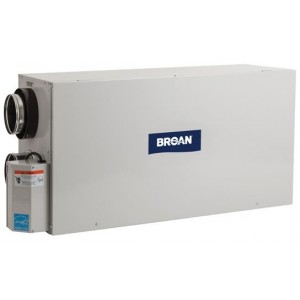
What is a HEPA ERV?
- It provides the same functions as the ERV we covered in the last blog, with one major exception. It is fitted with a HEPA filter.
- Whole-house HEPA filtered air (99.97% efficient).
- Captures microscopic allergens and pollutants, including dust, smoke, and smog.
- Traps bacterial particles and mold spores.
- Helps reduce household dust and odors.
HEPA ERV Logistics Considerations
- When talking to your contractor, ask questions about the entire installation.
- Location of the ERV: Will it be installed in the basement, attic, crawl space, and any considerations like extreme damp, hot, or cold environments. This could impact the ERVs performance and/or operational life. You will also want it located where it can be easily accessed for regular scheduled maintenance! SEE MAINTENANCE BELOW!
- What other equipment will the ERV be interfacing/integrating with? For example, 1) it can replace an existing, inefficient bathroom exhaust fan and 2) The exhaust port may (depending on setup) dump the fresh air back into your entire home via existing A/C ducts (more on this below).
- Are you also planning any other HVAC upgrades/replacement? It may make sense to do them together if they will share duct-work, etc (more on this below).
- Will you require house wiring upgrades? A standard 15 amp circuit is required for installation. Most ERV units are Energy STAR compliant, and only use approximately 40-50 watts per hour, so it's similar to one light bulb, energy consumption-wise. Not a big deal.
HEPA ERV Installation Tips
- The most important issue is the location of the ERV unit. Typically you want it 1) located in a space/area that is easily accessible for regular scheduled maintenance, and 2) located where it can easily interface/integrate with existing duct-work or new duct-work to be installed. For example, you don’t want the ERV in the basement, if your duct-work is in the attic (although there are always exceptions due to multi HVAC units, split-units, etc). As seen here, the ducts tie into the left and right of the ERV in the attic.
Mounting the ERV System:
- You never want to mount it in a way that will transfer noise and vibration through floors, walls, or ceilings. You want it to operate as quietly as possible, so you will enjoy using it!
For example, ours is suspended in the attic from the rafters, via spring loaded chains – vibration, if any, is transferred up through the roof, and not down into the living spaces. This ERV is designed for quiet operation, and we never hear it while it is running.
Our HEPA ERV Setup
- NOTE – Set-ups can vary based on many factors such as house layout, configuration, and your specific needs, so consult your HVAC contractor.
- We set ours up based on the following facts: We needed a bathroom exhaust fan, we were installing along with new air conditioning (a Unico system), all HVAC is currently located in the attic, and our heating is separate – boiler in basement with hot water radiators.
- We located the ERV intake vents (pulling out the stale house air) in the upstairs bathroom and open staircase. The bathroom walls and mirror NEVER fog up, get wet, or form condensation. The bathroom stays completely dry during baths and showers, and the fan is completely SILENT, since it is located in the attic. SEE BELOW.
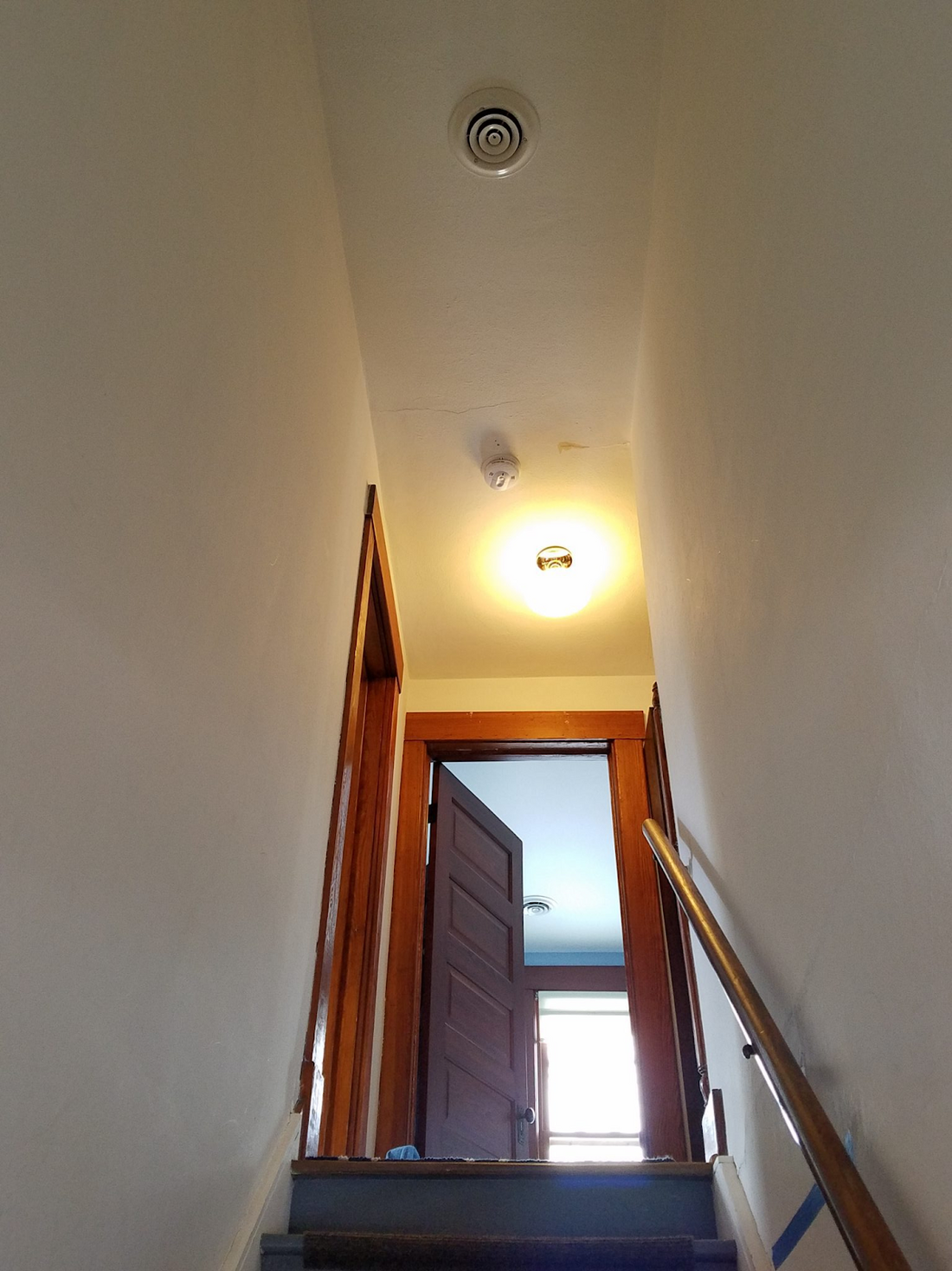
- The new, fresh air returns into the house via the new Unico A/C registers in every room of the house (ceiling mounted). This setup ensures whole-house, HEPA filtered fresh air at all times SEE BELOW.
- To see how we integrated the Unico System along with the HEPA ERV for maximum air quality, read more HERE
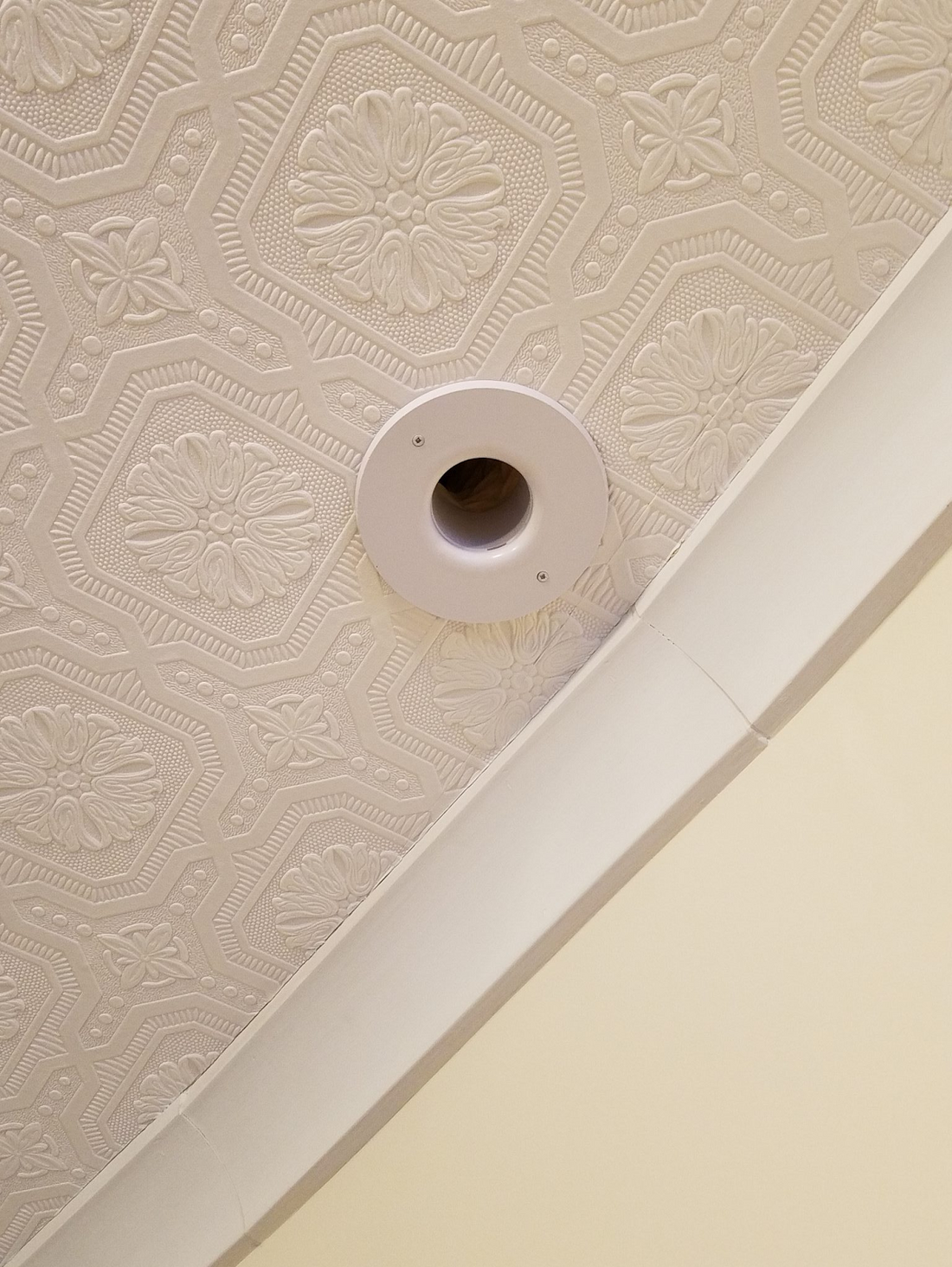
- HEPA ERV Controls: We have two control panels installed to operate the HEPA ERV:
- 1) The main ERV control on the first floor at the thermostat – Broan Deco TouchWall Control
- Four modes: Fresh Air (MAX), Fresh Air (MIN), 20 Min-Fresh Air/40-Min Recirculate, and Recirculate. It also has a humidity setting/ humidistat.
- 2) The secondary control is located in the bathroom next to the shower door – Broan 20 minute Boost Button
HEPA ERV Maintenance
- Remember to have your ERV installed in an easily accessible location for regular scheduled maintenance!
- Always turn off the power before servicing.
- Maintenance: 6 months – Replace the pre-filter and wash/dry the foam dust filters (2ea). SEE BELOW.
- Maintenance: Annual – Replace the HEPA filter, remove and vacuum out the heat exchanger coil (YELLOW box in the middle), wipe down the inside to remove any dust/dirt, etc. SEE BELOW.
- Reassemble.
- Special tools needed: Phillips Screwdriver (to remove the service cover).
ERV100S Broan HEPA Air Exchanger (H50100E Venmar HEPA ERV) – may be discontinued
- In my experience, the installed price should run about $1800-2000
- Broan/Venmar Filter Kit ~$90 (includes 1ea HEPA filter, and 2ea pre-filters) – Good for 1 year of maintenance/service.
- Second Option: Replacement - Broan® AI Series™ 130 CFM Energy Recovery Ventilator (MERV 11 filter). Model ERV130 * optional HEPA membrane (No. V25000)
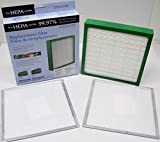
I hope you learned a little bit more this week in regards to the Broan/Venmar HEPA Series ERV. And, as always, hit me up in the comment section below for any additional questions, comments, or concerns.
Thanks!
Best of luck, and keep on Fixing!

For more info visit: www.myoldhousefix.com

Posts may contain affiliate links. If you use these links to buy something, we may earn a small commission (at no additional cost to you). Full disclaimer HERE.

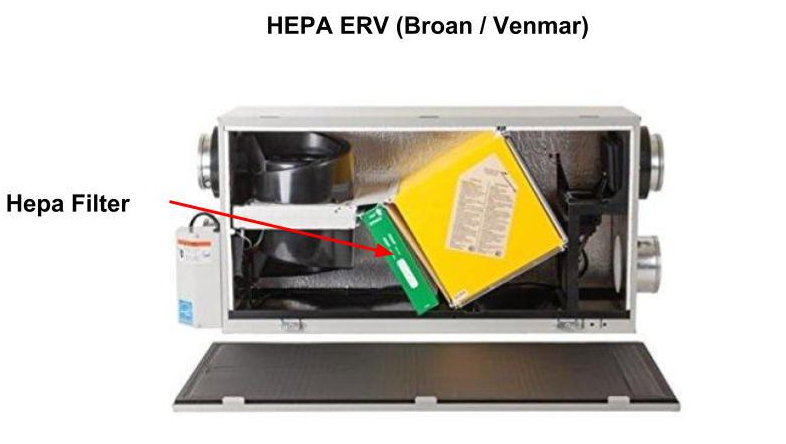
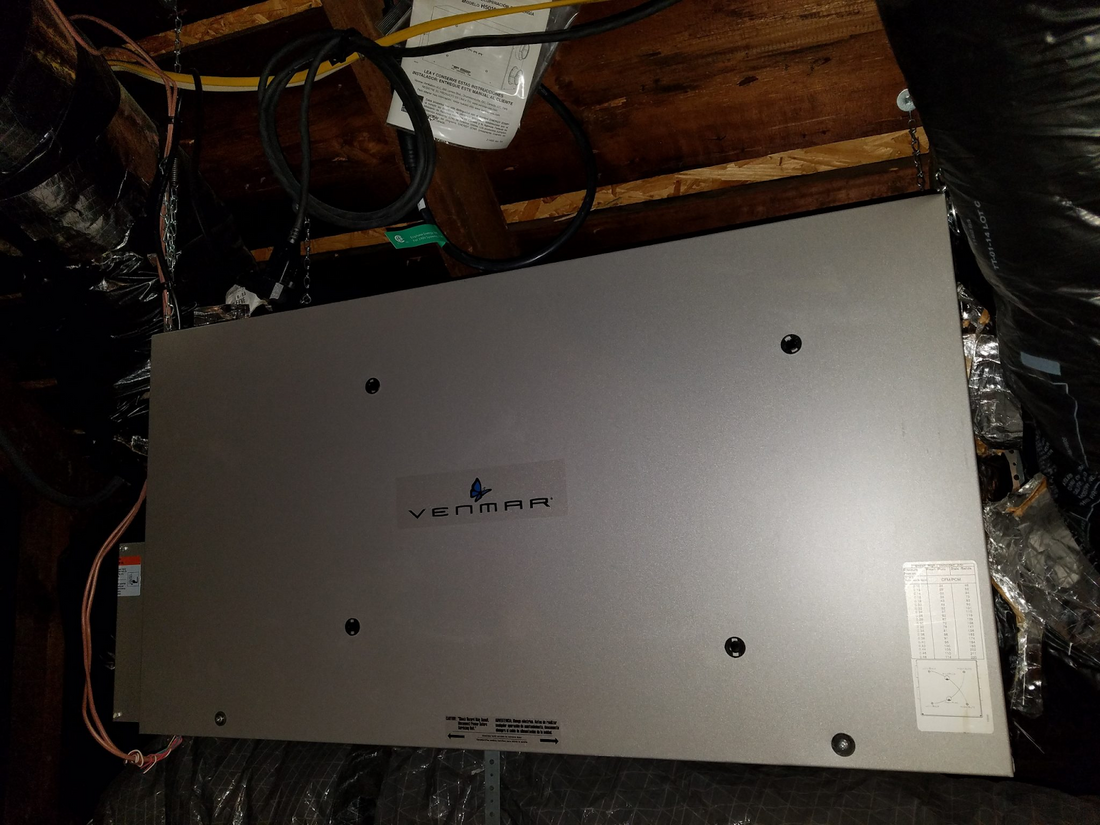
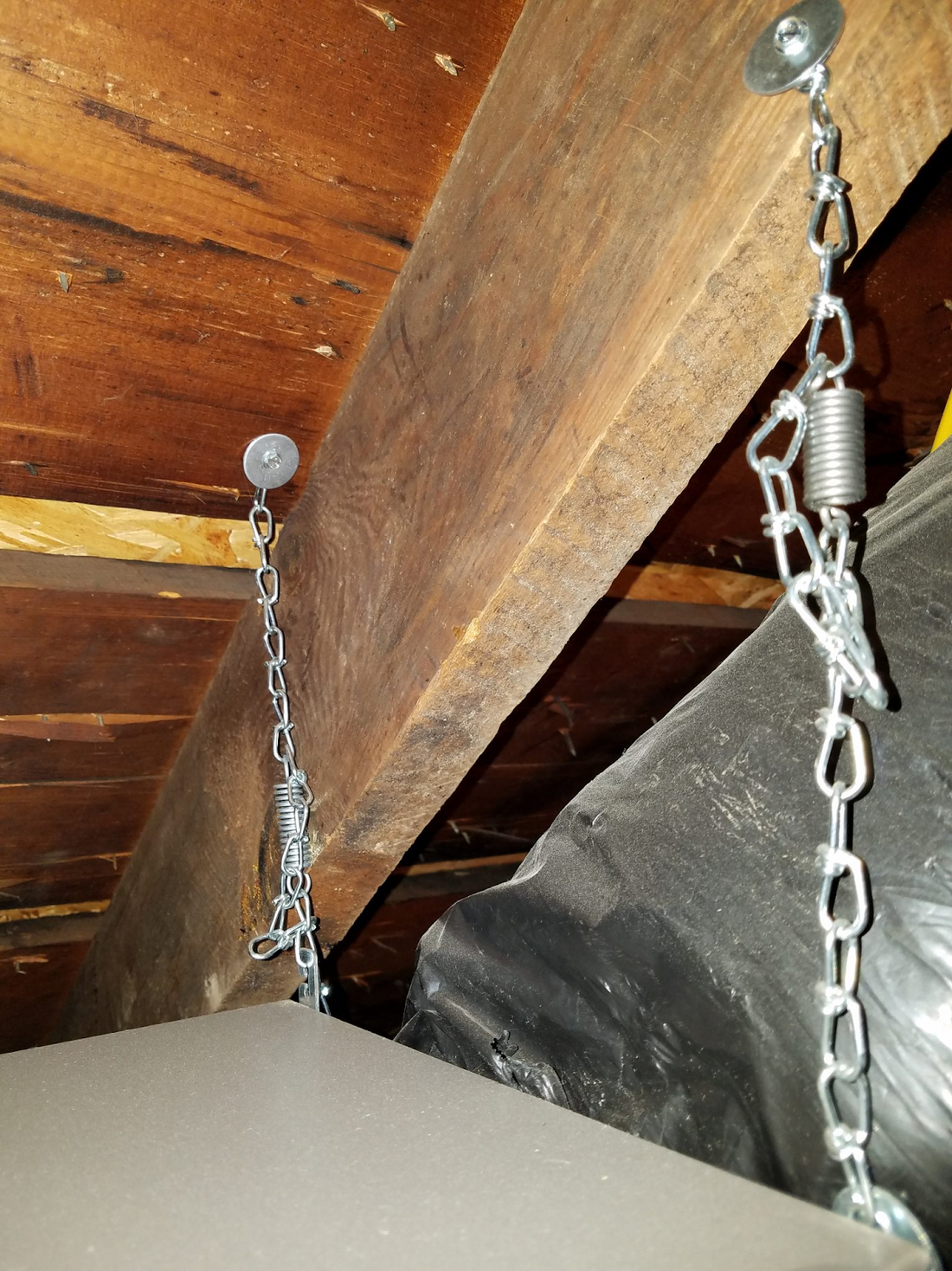
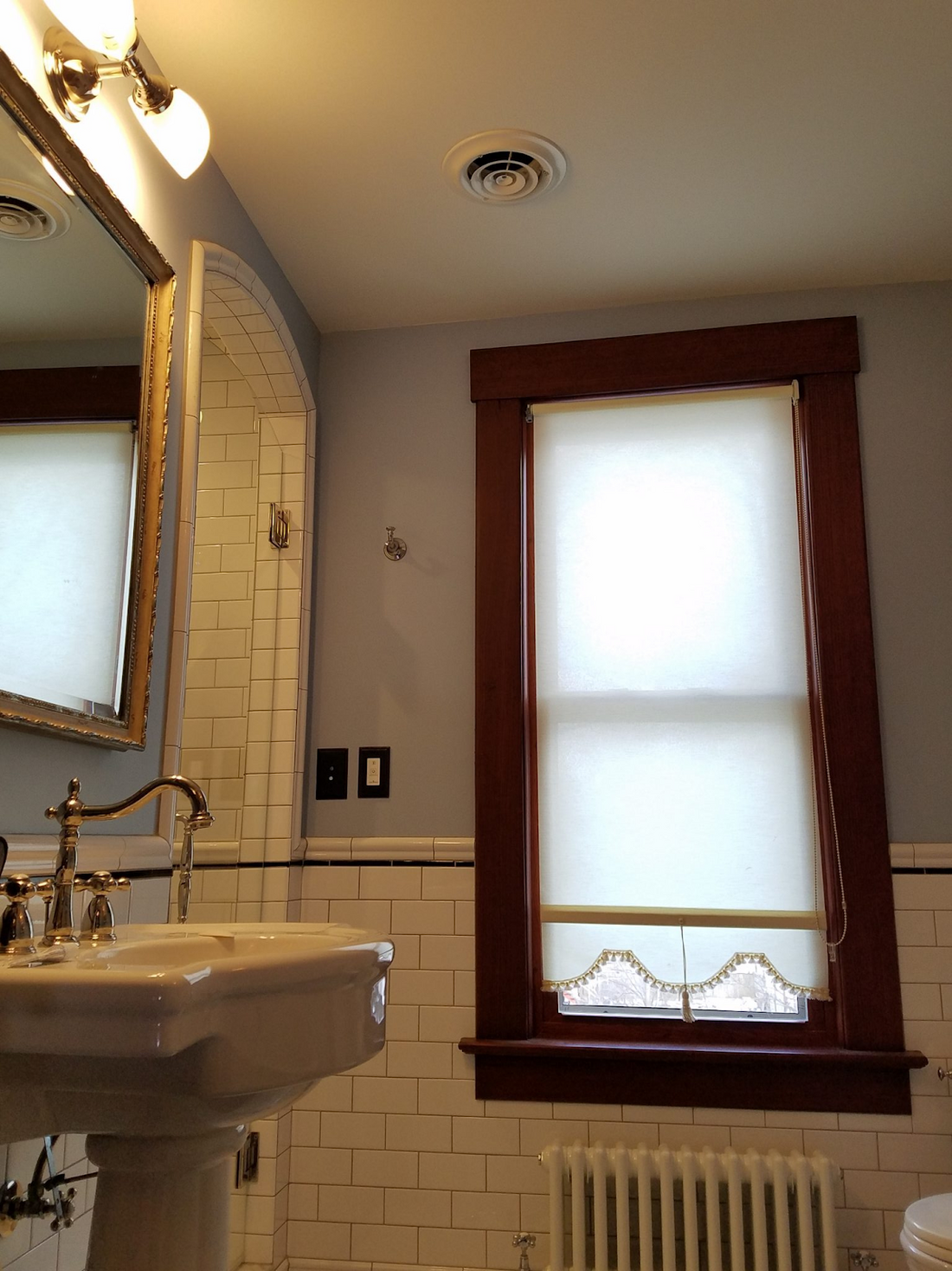
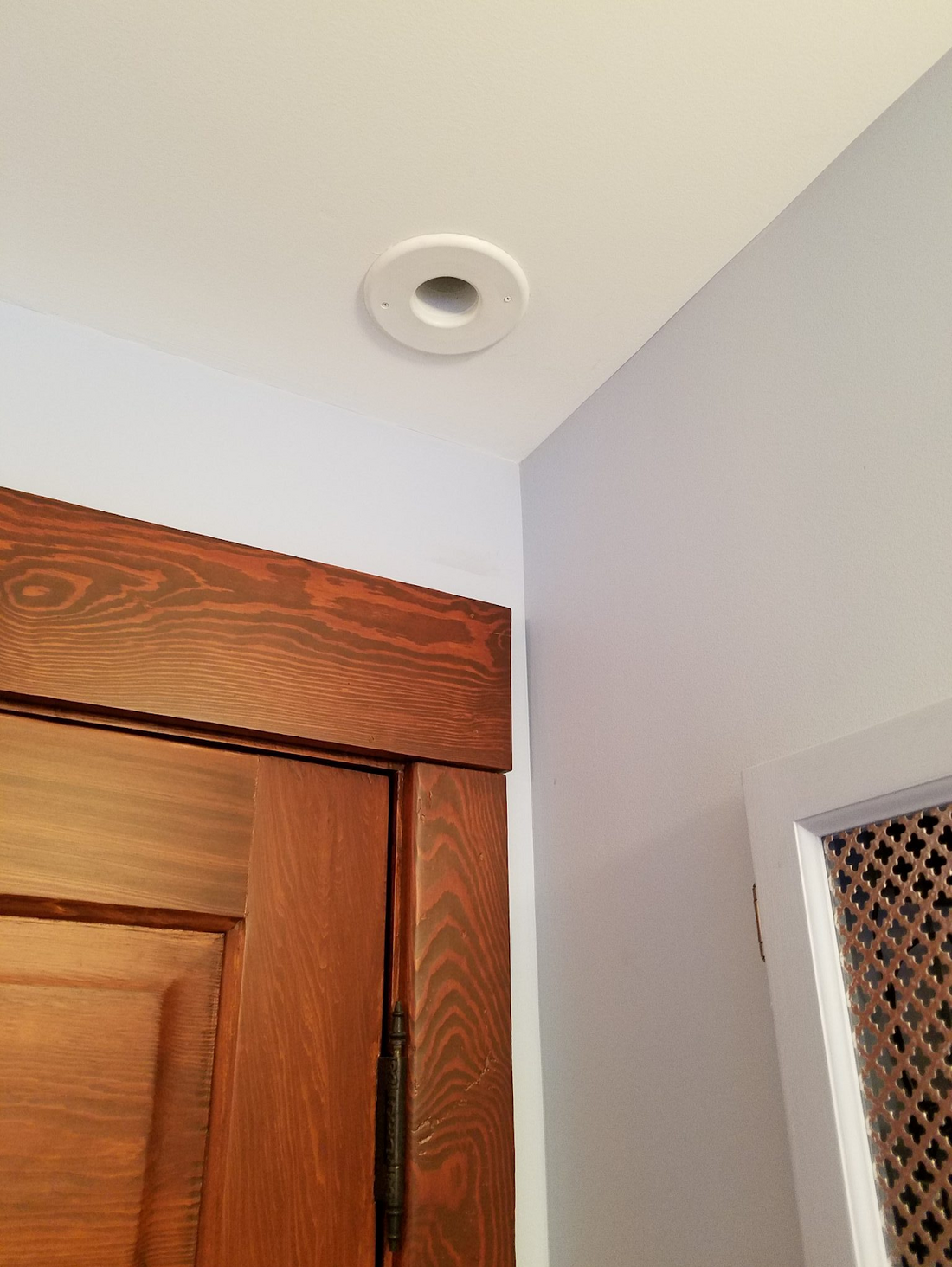
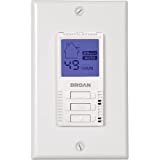
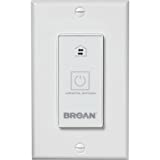
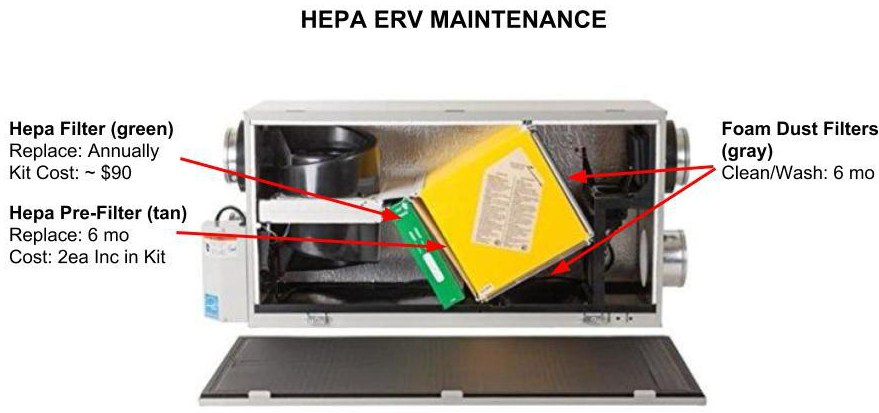





0 Comment(s)